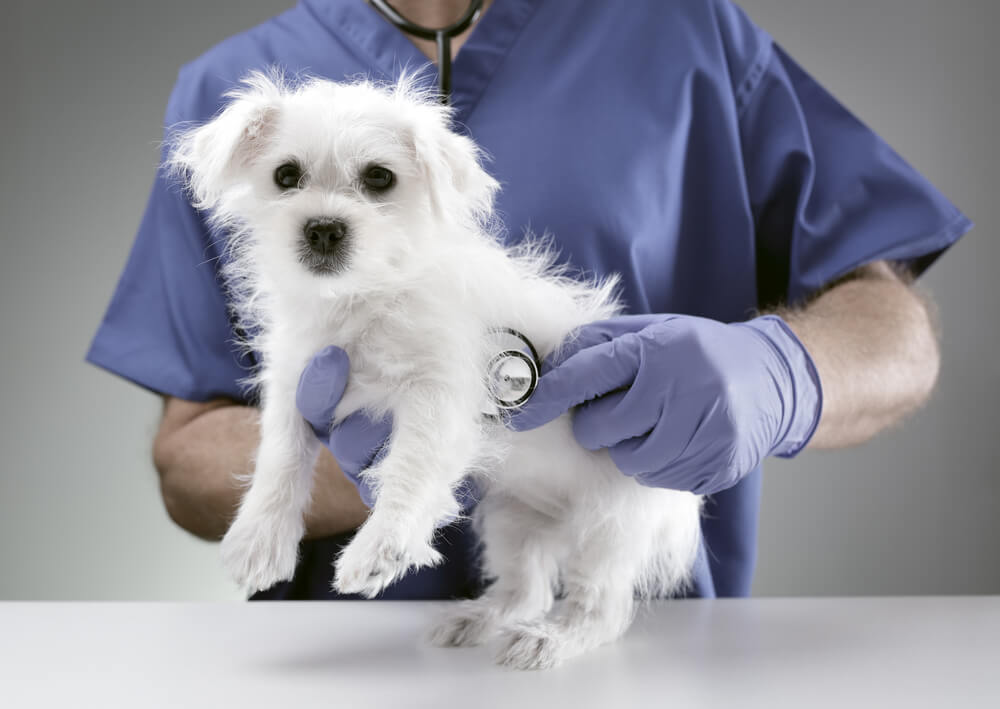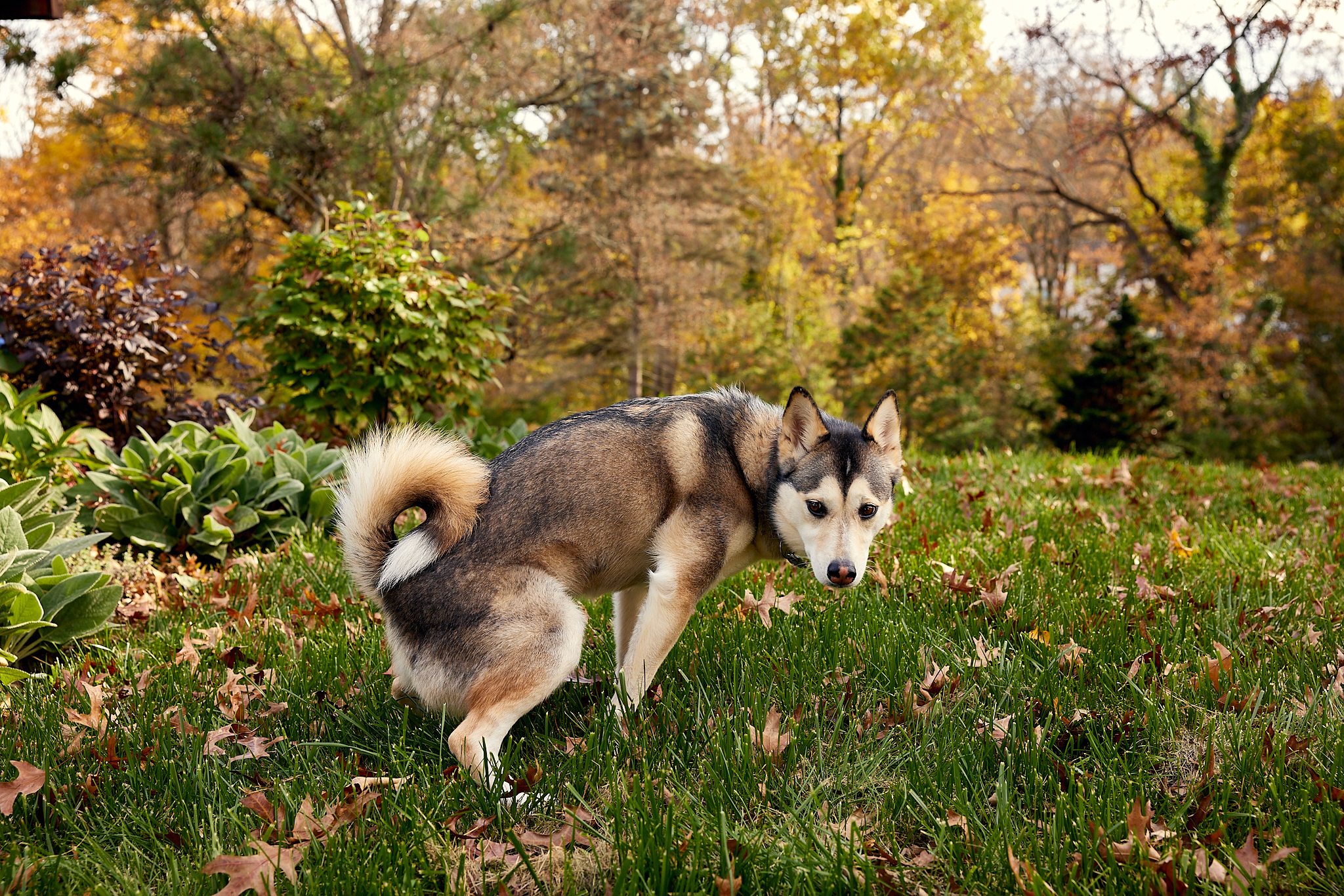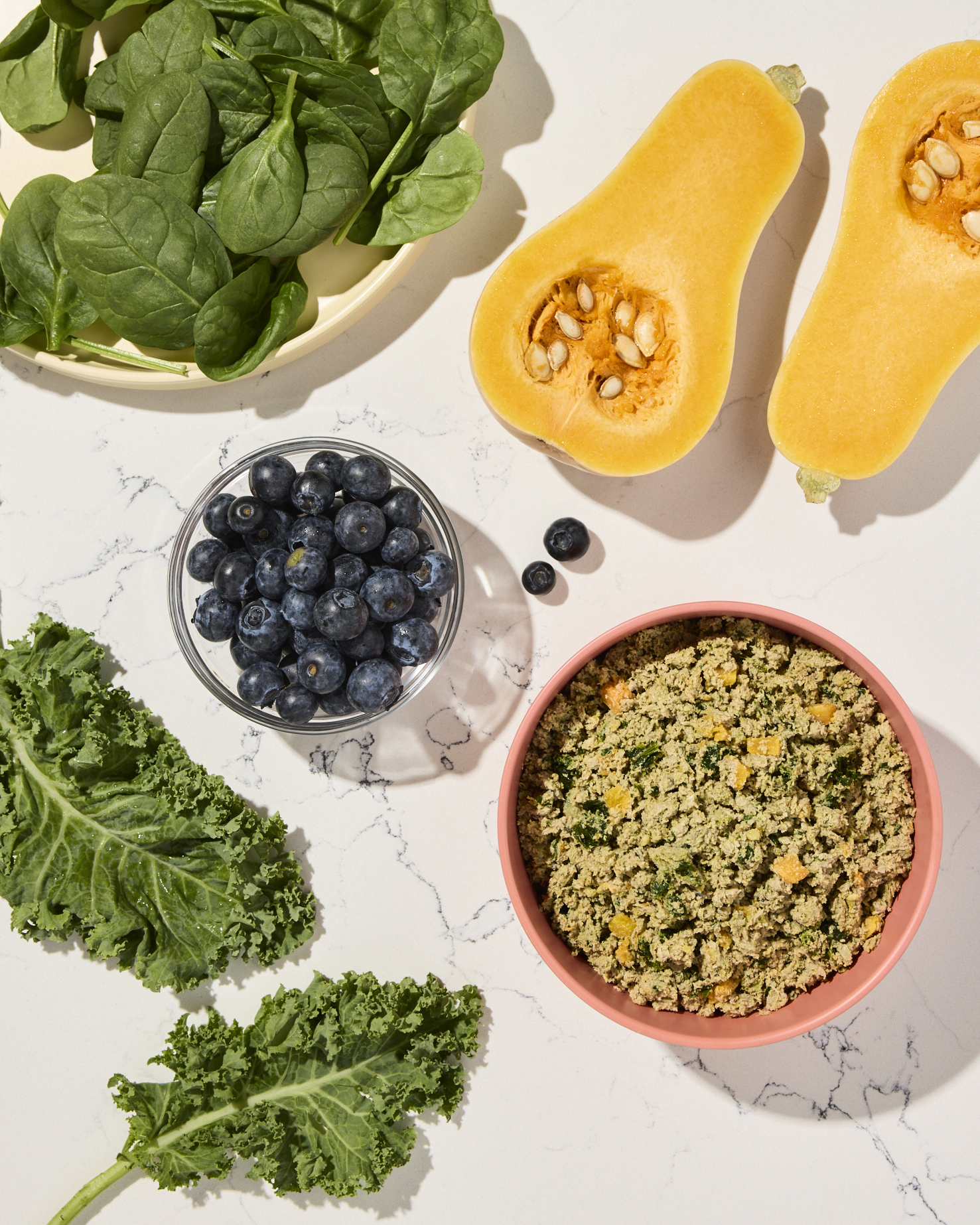Hey Ollie blog readers! We’re offering you an exclusive 60% OFF your starter box! Try now!
Tummy tucks, facelifts, and nose jobs…for dogs? It may sound like a commercial for a bad reality TV show—Extreme Makeover: Doggie Edition—but it’s not as far-fetched as you might think. Plastic surgery for pups is a thing. While some pet parents take unnecessary measures (like getting testicular implants for a dog who has been neutered), the majority of these procedures are done for medical reasons, rather than cosmetic ones, says Heather B. Loenser, DVM, a veterinarian in New Jersey and Senior Veterinary Officer for the American Animal Hospital Association. Here, she explains some common pup procedures and how they may improve your dog’s health.
Can Dogs Have Plastic Surgery?
Yes, dogs can have plastic surgery—but it’s not the same as cosmetic surgery for humans. In veterinary medicine, plastic surgery refers to procedures that correct health issues or improve a dog’s quality of life. These surgeries are typically done for medical reasons, not appearance.
For example, some dogs are born with skin folds that trap moisture and cause chronic infections. In these cases, a vet may perform a skin-fold reduction surgery to prevent irritation and make the dog more comfortable. Other common reasons include fixing eyelids that turn inward (entropion), removing excess skin that blocks vision, or repairing injuries from accidents.
These procedures are done under anesthesia and require recovery time, just like any other surgery. Vets only recommend them when they help with breathing, seeing, eating, or reducing pain. So while it might sound surprising, plastic surgery for dogs is less about vanity and more about health and function.
1. Tummy Tucks and Facelifts
Dog breeds that tend to have loose, wrinkly skin (think Shar Peis, bulldogs and Boxers) are often prone to skin problems. (Same goes for dogs that have lost a dramatic amount of weight.) If your pup “experiences multiple infections in the skin folds due to accumulation of moisture, dead skin cells, yeast and bacteria,” then they may be a candidate for plastic surgery, says Loenser. A “face lift” or “tummy tuck” can remove the excess skin and help prevent infections, but be warned that your pet insurance likely won’t cover it. (Expect to pay upwards of $1,000.) And Loenser notes that because the amount and location of skin removed can vary, pet owners should discuss the risks and recovery times for their individual dog with their vet.
2. Nose Jobs
A “smushed in” mug can be adorable on a pup, but unfortunately it’s also linked to breathing problems. The short-nose, flat-face combo is associated with brachycephalic syndrome (common in breeds like pugs , Boston terriers and Shih Tzus), which means your dog may have narrow nostrils, an elongated soft palate and everted laryngeal saccules (“similar to enlarged, floppy tonsils,” says Loenser). “All of this adds up to a dog who feels like he’s breathing through a clogged straw,” she explains.
If your dog is overweight, then your vet may first suggest slimming down, as “obesity causes extra tissue to build up all over the body, including in the airway.” But if losing weight doesn’t help or if the problem is severe, plastic surgery may be needed to widen the nostrils (hence, the “nose job”) and remove the loose tissue at the back of the throat. Expect to pay up to $2,500 (or possibly more, depending on where you live) for both procedures. And since brachycephalic syndrome is often categorized as a pre-existing condition or a congenital disorder, it may not be covered by insurance.
3. Eye Lifts
No, your dog isn’t hoping for a more “youthful look.” When a pup gets an “eyelift,” it’s referred to as entropion surgery, and it “may be needed to treat eyelids that have curled under, causing a dog’s eyelashes to constantly rub on his corneas, which is very painful,” explains Loenser. (Think about how uncomfortable you feel when you only have ONE eyelash touching your eyeballs!)
According to the American College of Veterinary Ophthalmologists, the condition can affect several breeds, including the Shar Pei, Chow Chow, Bulldog, Retrievers, and Rottweiler. During the surgery, a portion of the skin and muscle along the eyelid is removed, allowing the lid to rotate outward rather than inward. Similar to brachycephalic syndrome, insurance companies may consider entropion a pre-existing or congenital condition, so be prepared to pay out of pocket, up to $1500 (or more if your dog requires multiple procedures).
What other ‘cosmetic’ surgical procedures do veterinary surgeons perform… and why?
While we are talking about cosmetic procedures, all of the procedures we’ve outlined are performed to enhance the dog’s quality of life and ability to function. While a facelift does change a pup’s appearance, most doctors will only perform it if it is indicated for health reasons like reducing the number of folds to prevent infection.
Did you know that dogs could have breast reduction surgery? They can, but it is only performed in cases where the dog is getting painful infections. Lifting and tucking the skin around the breasts and reducing the amount of breast tissue can reduce infection risk.
For some breeds of dogs, ear cropping and tail docking are performed surgically so that the pups can conform to breed standards. These procedures are not covered by insurance and can cost between $1,000 and $3,000 or more depending on the vet and the procedure. Add extra bills for any extended hospital stays, follow up check-ups or to address any complications.

There is some controversy surrounding these unnecessary medical procedures. The big question for some vets is where to draw the line between purely cosmetic procedures and those that have medical benefits. If you are considering surgery for your dog, remember that any procedure comes with risks and that recovery could be a long and painful process. You may need to learn to change bandages and administer medication to keep your pup pain and infection-free.
The Ollie blog is devoted to helping pet parents lead healthier lives with their pups. If you want to learn more about our fresh, human-grade food, check out MyOllie.com.
Tagged As:

The nutrition your dog needs,
the food they want.

Enjoying our articles? Subscribe our Newsletters and get new articles directly to your inbox
You might also like
3 July 2025
5 MINS READ
How Fresh Food Can Help Your Dog Have Perfect Poops
As a pup parent, you’re likely very familiar with your dog’s bathroom habits. While it may not be the most glamorous part of taking care of your pup, a dog’s stool can be one of the most dir…
by Ollie Pets
4 June 2025
5 MINS READ
How Can Fresh Dog Food Help with Weight Management?
Maintaining a healthy weight is one of the most important aspects of your dog’s overall health and longevity. Being overweight or underweight can result in health complications and conditions that…
23 May 2025
5 MINS READ
Why Fresh Dog Food Makes Happier, Healthier Dogs That Live Longer
Every pup parent wants their dog to live a long, happy life, and the path to a healthier, happier dog starts with what’s in their bowl. Recent research and expert insights reveal that fresh dog …
by Ollie Pets







